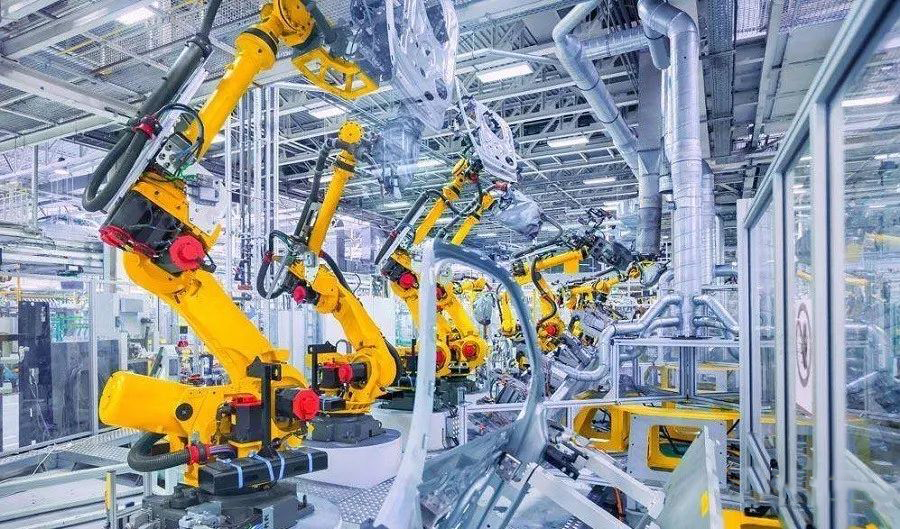At the opening ceremony of the third “the Belt and Road” Forum for International Cooperation, China announced that it would completely eliminate restrictions on foreign investment access in manufacturing. This decision is an important step forward on the basis of the basic opening up of the manufacturing industry nationwide and the zero negative list of the manufacturing industry in the free trade pilot zone.
According to the 2021 edition of Special Administrative Measures for Foreign Investment Access (Negative List), there are only two restrictive measures left in the manufacturing industry nationwide, namely, “the printing of publications must be controlled by the Chinese side” and “investment in the application of processing technologies such as steaming, frying, roasting and calcining of Chinese herbal pieces and the production of traditional Chinese patent medicines and simple preparations confidential prescription products is prohibited”.
Starting from January 1, 2022, within the scope of the Pilot Free Trade Zone, according to the 2021 version of the Special Management Measures for Foreign Investment Access in the Pilot Free Trade Zone (Negative List), the negative list of manufacturing industry has been cleared to a total of 27 items, including 17 prohibitions and 10 restrictions.
This decision to fully open up the manufacturing industry sends a key signal of China’s economic transformation. Wei Jianguo, Vice Chairman of the China Center for International Economic Exchange, pointed out that the development of China’s manufacturing industry from the low-end to the high-end is good news for the world, especially for the manufacturing industry, to completely lift foreign investment access restrictions in the manufacturing industry. This decision reflects China’s reliance on manufacturing as the economic pillar, an important beginning of high-level opening up to the outside world, and its continued reliance on the development of the real economy in the future.
China’s manufacturing industry not only occupies a strong position domestically, but also has competitiveness in the international market. The outside world is generally optimistic about the potential of the Chinese market, especially in areas such as medical machinery, high-precision technology, and 5G applications, where there is huge demand. The comprehensive lifting of foreign investment access restrictions in the manufacturing industry means that China will attract more foreign investment and is expected to further accelerate its development based on years of steady development.
The reform of China’s foreign investment access system has been ongoing, aiming to attract foreign investors and create more market opportunities. In recent years, the actual use of foreign investment in China’s manufacturing industry has shown stable growth, especially in the high-tech manufacturing industry, which has made significant progress. In addition, foreign enterprises’ investment in the Chinese market is still expanding and deepening.
In order to continue attracting foreign investment, China needs to improve technological innovation, attract more domestic and foreign talents, improve the business environment, and enhance domestic consumption. Fully utilizing China’s huge market advantage will help attract more foreign investment and achieve new targets for attracting foreign investment.
In the era of reshaping the global value chain, China’s manufacturing industry needs to address some key technological and equipment challenges, including chips, lithography machines, and etching machines. China should prioritize technological innovation, attract domestic and foreign talents, and provide the best global business environment. In addition, China needs to actively promote institutional openness to attract more foreign investment and accelerate the integration of domestic and foreign industries.
Overall, the comprehensive lifting of foreign investment access restrictions in the manufacturing industry is an important measure for China’s economic development, which will further promote the upgrading and development of the manufacturing industry, attract more foreign investment, and provide support for the future growth of the Chinese economy.
Post time: Nov-02-2023


